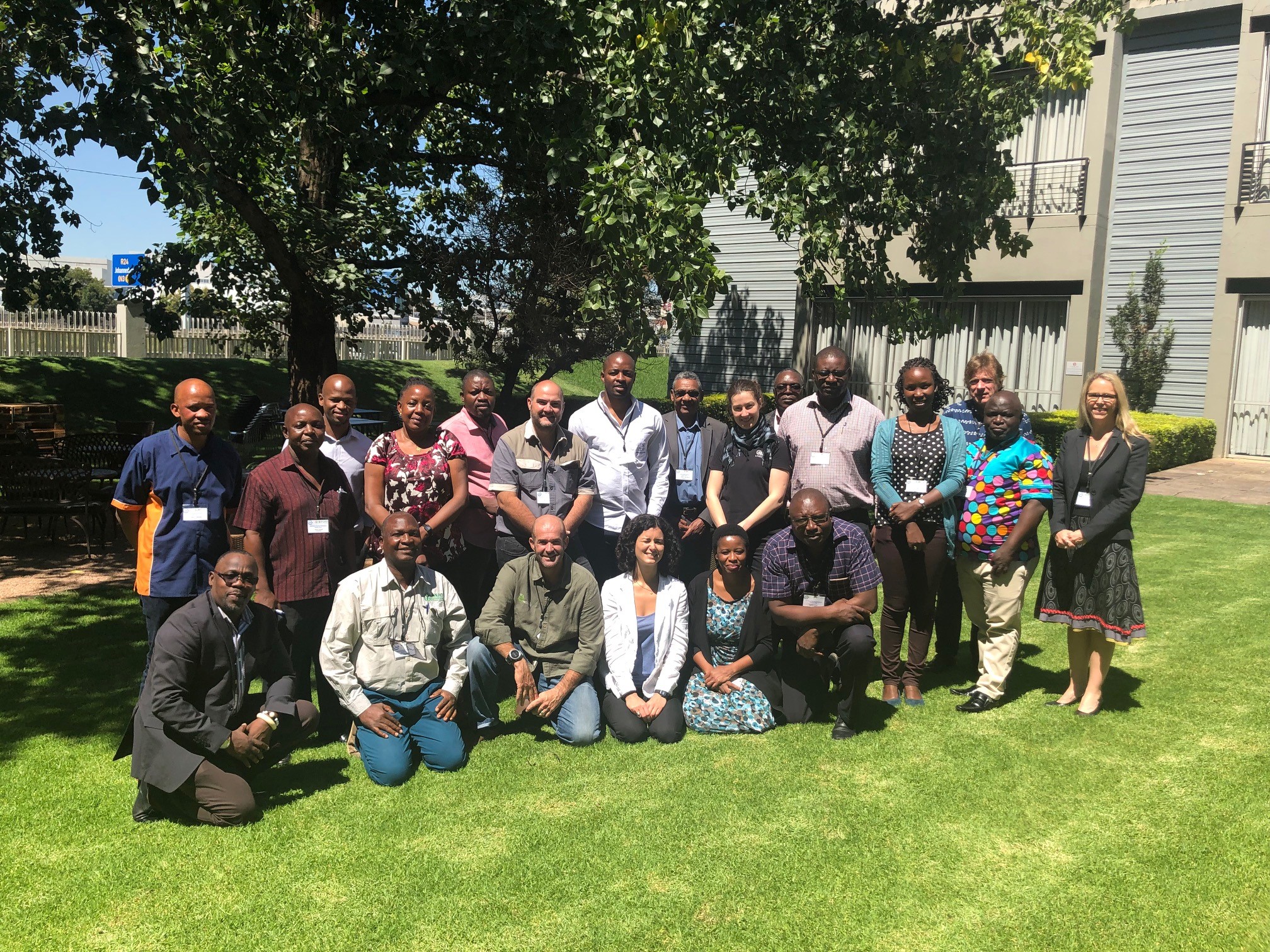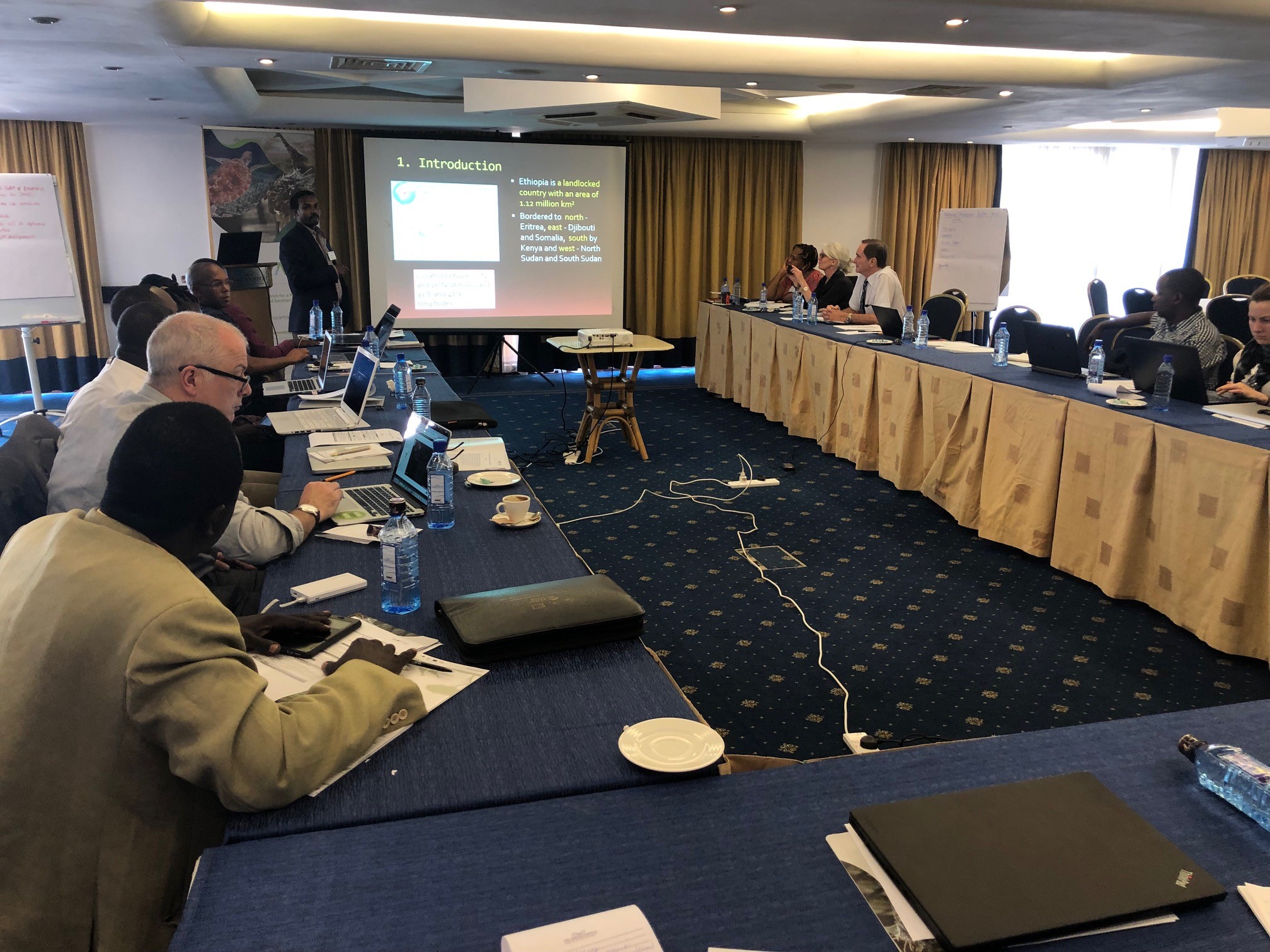The report will also outline the progress being made towards the achievement of Aichi Biodiversity Target 11 of the Convention on Biological Diversity (CBD) and other global and regional targets. Guided by the format of the Protected Planet Report initiative, the ESA SoPA report will include the latest information on protected area coverage, management, governance, and connectivity in the ESA region, as well as a review of protected area issues of particular relevance to the region, including financing of protected areas, transboundary conservation, privately protected areas and community engagement in protected and conserved areas. It will also include recommendations for strengthening protected and conserved area governance and equity and management effectiveness in the region.
The objectives of the report are to:
- provide an overview of the status of protected areas in Eastern and Southern Africa, with special reference to governance, equity and management effectiveness, and the related assessment tools;
- provide an overview of the region’s progress towards the achievement of Aichi Biodiversity Target 11 of the Convention on Biological Diversity, as well as other global and regional targets;
- analyse and highlight protected area issues of particular relevance to the region, through the use of case studies;
- provide key recommendations for policy and practice;
- have a better understanding of successes and key challenges the region is facing and how to address them;
- provide facts and figures required by governments to make informed decisions, track progress and provide guidance for implementation of Aichi Target 11 and other global and regional targets;
- raise the profile of the value of regional data management systems, including the BIOPAMA-supported Regional Resource Hub;
- get a better understanding of financing of protected and conserved areas and how this affects their governance, equity and management effectiveness.
Two SoPA planning workshops were held in February: one in Nairobi for East African participants and one in Johannesburg for southern African participants. 20 participants, 10 from national government and 10 from non-governmental organisations participated in the workshop for East Africa. In Johannesburg, 19 participants, 9 from government and 10 from non-governmental organisations took part in the consultations. The countries represented included: Botswana, Eritrea, eSwatini, Ethiopia, Lesotho, Malawi, Mozambique, Namibia, Somalia, South Africa, South Sudan, Sudan, Tanzania, Uganda and Zambia.

The main objectives of the regional planning workshops were to:
- explain the Eastern and Southern Africa State of Protected Areas Report objectives, justification and process;
- define the content, length, and scope of each chapter (based on government needs);
- produce a draft detailed outline/layout for each chapter, and
- identify contributors and partners for specific sections and case studies.
The first part of the workshops included only government participants and the second part included government and technical participants. The focus of the government section of the planning workshop was to develop a table of contents for the SoPA report and to identify what government partners would like included in the Report. The joint session with the technical partners and government partners was to work out and discuss other topics that would be of importance to the report, what data was available and where the gaps are. The government participants identified focal points within their countries who would help with the development of the Report by acting as points of contact for other stakeholders within their countries and supporting the provision of data and information for the report.
The workshop report will be shared with all stakeholders and the BIOPAMA programme will be engaging with national focal points to discuss the collection, collation and analysis of the data in the coming months. The review of the SoPA Report is planned for November 2019 at the African Protected Areas Congress, with the official launch planned for the next IUCN World Conservation Congress in June 2020.
Related News

prev








